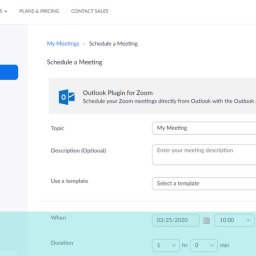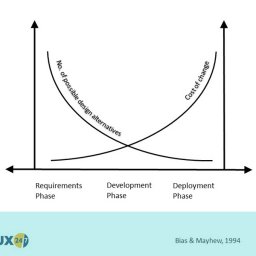
Personally Identifiable Information (PII) in UX Research
The issue of personally identifiable information (PII) appearing in UX Research session videos has exploded since the pandemic. Pre-pandemic, when the majority of UX Research was run in the lab, participants used test devices. This protected entirely against PII cropping up because the participants wasn’t logged in and none of the apps were theirs.
Remote research is now the most used methodology. With remote research methodologies participants use their own devices during the research. This can result in unwanted PII appearing unexpectedly on screen via notifications, messages and more. In my experience this is mainly an issue on the mobile platform, although in rare occasions it can happen on desktop. Below is what we do about it.
Avoid it happening
Our primary goal is to stop inadvertent sharing of PII before it happens. At the beginning of the research session we ask the participant to adjust their device settings to stop us seeing things we don’t want to. This includes banners and notifications that often contain the personal information don’t appear.
Secondly, we ask participants to close other apps that we are not interested in. Photos, social media, messaging, anything that has the possibility of sharing PII with us. This activity is carried out BEFORE we press the record button at the start of the session. It isn’t 100% foolproof but does limit the amount of collateral sharing of PII.
Dealing with PII that slips through
We use informed consent that gives us permission to record the session and share it with the client team. The two options of what we share are:
- Full session videos (i.e. the entire 60 or 90 minutes of recording)
- Highlight video clips (i.e. key moments from the research)
If we know we could be dealing with potential PII appearing in the research videos we will suggest to the client that we provide clips only. Most clients don’t want responsibility for PII and are happy to accept this. We generally find sufficient representative clips that don’t contain PII so that the Client still gets what they need.
To making clipping easier we record sessions using Zoom and then use Condens for transcription, highlighting and clip creation. You can read a bit more about that here.
If we have to share full session videos and there is still PII cropping up we will have to edit the videos. This involves using a tool like Photoshop or Movavi and overlaying cover-ups (solid blocks or blur effects) over any PII that remains. It is a bit laborious to do this but if our mitigation has worked it should be limited.
If you would like to know more about how to address GDPR issues in UX Research and some of the techniques we use get in touch on +44(0)800 0246247 or email us at hello@ux247.com.

















